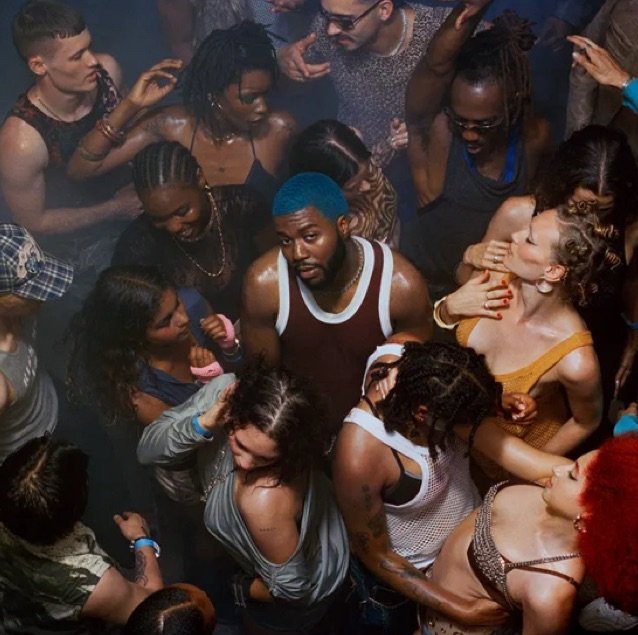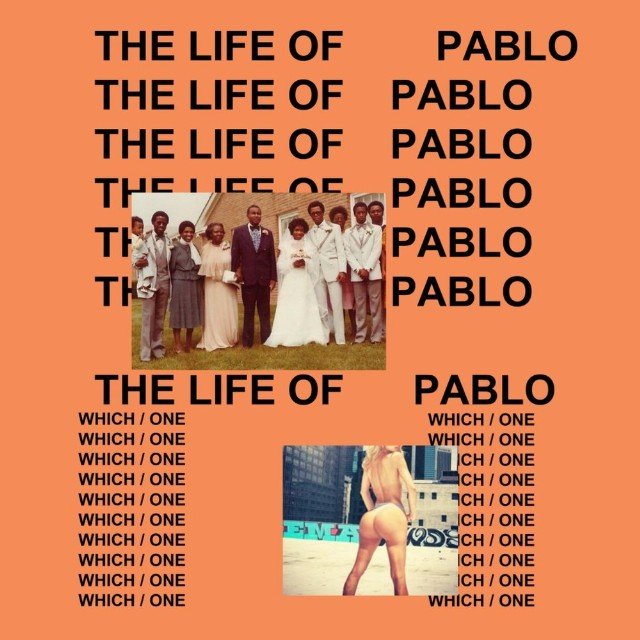
I once had a literary professor who, anytime the class was analyzing a story, would quote the infamous Oscar Wilde mantra: “Everything in the world is about sex, except sex. Sex is about power.” I’d like to think that both that professor and Mr. Wilde would be elated to find out just how much Luca Guadagnino’s “Challengers” takes this idea to heart. For a film that is, textually, about tennis, Guadagnino winds up delivering a work that is, subtextually, about the whole of human existence: about passion, about love, about friendship, about betrayal, and, yes, about sex.
The result is nothing short of a masterpiece, and a film that I’ll go on record as guessing will almost certainly be one of my top ten favorite films of the year. With powerhouse performances by some of the most exciting young performers in the industry today, a whip-smart and deeply empathetic screenplay, and virtuosic direction and editing that deliver a bona fide cinema-of-attractions tour de force of a theatrical moviegoing experience, “Challengers” is indeed, so freaking great.
TOP FIVE THINGS ABOUT “CHALLENGERS”
5. THE LEAD TRIO
For years now, the thesis of “the movie star is dead” had been gaining traction as a criticism of modern film. Reiterated by many but perhaps most explicitly summed up by Quentin Tarantino in 2022, with: “You have all these actors who have become famous playing these characters. But they’re not movie stars.…it’s these franchise characters that become a star.”
And while that was certainly true for a period, there has been a seismic shift in the past nine months, as the success of films like “Barbie,” “Oppenheimer,” “Wonka,” and “Dune: Part Two” have proven. Audiences’ tastes are changing, and they want proper movie stars again. Margot Robbie is a movie star, Ryan Gosling is a movie star, Timothée Chalamet is a movie star, and Zendaya is most assuredly a motherfucking movie star.
It’s as if Luca Guadagnino steps up to the plate with “Challengers” and says, “And so I enter into evidence my own filmography for consideration…,” with works like “Call Me By Your Name” (starring Chalamet himself) and “Suspiria” (starring Dakota Johnson and Mia Goth), and “Challengers” is the crown jewel of this catalogue. Because even if one would like to make the argument that Zendaya, Josh O’Connor, or Mike Faist were not movie stars heading into this film, they most assuredly are heading out of this film.
All three of them deliver electric, live-wire performances whose joint chemistry comes bursting right through the screen. They each have the monumental task of playing these characters over the course of thirteen years, and rise to it with aplomb. There’s a quietly crescendoing resentment to Faist’s performance and an off-the-cuff bravado to O’Connor’s, with the two of them so believably falling into rhythm with one another to portray lifelong friends. And Zendaya? Her understated, simmering work here is mature and accomplished, succeeding in both literally and metaphorically devouring her co-stars with her sexuality.
4. REZNOR & ROSS’ SCORE
Trent Reznor and Atticus Ross have been in the game of film composing for nearly fifteen years now, transitioning from Nine Inch Nails fame to the film medium at the behest of none other than David Fincher for “The Social Network.” In the years since, they have regularly delivered truly fantastic musical work that sees them thinking outside the box and finding answers to questions, musically, that no one else has even thought to ask. Their score for “Challengers” is very much indicative of this unconventional brilliance.
Rooted in dark swirling synths, reverb-heavy electronic percussion, and house music-indebted syncopation, the Reznor & Ross score for “Challengers” is really fantastic music in its own right, and the way in which it is weaponized throughout the film only makes it even better. Guadagnino and editor Marco Costa deploy the score in the most intuitive and intrinsically emotionally-rooted of ways, allowing Reznor & Ross to develop specific leitmotifs connected to specific characters and themes over the course of the thirteen years-spanning story.
Ultimately, the musicality not only anchors us in these characters in each specific time and place, but also serves to accentuate the emotional heights of everything Guadagnino and co. are doing. There’s an absolutely fantastic sequence at the end, where both the visual language and the music are working in tandem to make the audience feel the ramping up and eventual anticlimactic nature of the final moments of a tennis match, over and over again. In this way, Guadagnino’s camera and Reznor & Ross’s music are working in harmonic synchrony, generating the exact same response in the audience as this action is provoking in the characters. And as Wilde might point out, it’s also deliberately evocative of sex, via film form alone.
3. STORY STRUCTURE
The screenplay for “Challengers,” as written by novelist and playwright Justin Kuritzkes, is exquisitely constructed. Through giving the work a non-liner structure, in which thr audience dip in and out of the present day and various sections of these characters’ pasts from across the previous thirteen years, Kuritzkes is able to deviously toy with audience allegiances and sympathies.
The film opens (with one of the single greatest opening shots one is likely to see in a theater this year) and immediately thrusts viewers into the culminating match between Faist and O’Connor’s characters. But rather than serving as some cheap ploy to get audiences’ attentions, Kurtizkes ingeniously sets this up as the framing device for the whole narrative. And thus, when we cut away to flashbacks, we inevitably return to this match with a newfound understanding of the context and history which has brought us and these characters here. It is a riveting and imminently compelling narrative structure, one which allows Kurtizkes to tell this sprawling tale of love lost, love found, and love fucked off altogether with a profound sense of urgency.
The match we think we are watching in the opening moments of the film and the match we come to see in the final moments of the film are two entirely different entities, altered entirely by the act of gradual recontextualization of perspective. It is so smartly sculpted, and so deeply effective.
2. THE TENNIS SETPIECES
I’ve always believed that a filmmaker’s true prowess shines through in how they handle conversation scenes. Amidst the grandeur of larger setpieces in any genre, it’s the quiet exchanges between two characters that strip filmmaking down to its essence: the camera, the actor, and the edit. Luca Guadagnino has long impressed me as a director, and in “Challengers,” he demonstrates his mastery.
Throughout the film, there are several outstanding conversation sequences where Guadagnino skillfully employs camera work, staging, and editing to convey or challenge the information conveyed through dialogue. It’s top-tier direction, but what truly stands out is how Guadagnino translates one of the film’s central themes—equating tennis with a relationship—into visual poetry.
Guadagnino treats these tennis matches with the same meticulous attention as the conversations, meticulously charting the emotional states of each character through blocking and shot selection alone. Each new angle builds upon the last, intensifying the tension, and the result is breathtaking. Here, Guadagnino achieves for tennis what Scorsese did for boxing with “Raging Bull,” capturing the sport in its most cinematic form while also turning its focus inward towards the characters.
1. LUCA GUADAGNINO’S DIRECTION
Guadagnino’s direction is simply phenomenal in “Challengers,” and the seamless collaboration between his longtime cinematographer Sayombhu Mukdeeprom and editor Marco Acosta only enhances the film’s visual brilliance.
I must also mention a few noteworthy directorial choices by Guadagnino. The recurring motif of O’Connor’s character eating phallic-shaped foods is not only amusing but also adds depth to the character. The deliberate inclusion of prominent product placements for brands like Dunkin and Applebee’s, followed by immediate subversions of their value or significance, is both clever and humorous. Additionally, Guadagnino’s adept use of the camera and Zendaya’s nuanced physical performance to subtly convey her character’s sexuality through wardrobe choices is truly exceptional.
RGM GRADE
(A+)
“Challengers” by Luca Guadagnino is nothing short of phenomenal. It’s a cinematic tour de force firing on all cylinders, an experience that demands to be seen.
Discover more from RATINGS GAME MUSIC
Subscribe to get the latest posts sent to your email.










